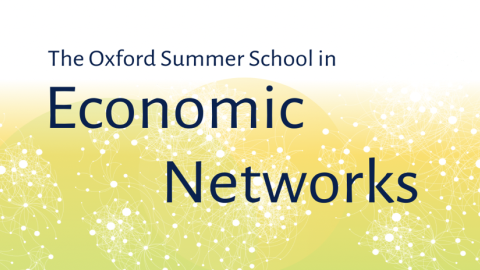Topic 1: Modeling customer and staff movement through a retail store. Topic 2: Predicting a customers next shopping basket.
17:30
What is model theory behind homomorphic encryption and black box algebra?
Abstract
Using some new results in probabilistic recognition of black box groups
(Joint work with Sukru Yalcinkaya), I will discuss some emerging
structures that beg for a model-theoretic analysis.
11:00
Model Theoretic Aspects of Gelfand-Naimark duality.
Abstract
Abstract: We will consider a model theoretic approach to Gelfand-Naimark duality, from the point of view of (generalized) Zariski structures. In particular we will show quantifier elimination for compact Hausdorff spaces in the natural Zariski language. Moreover we may see a slightly unusual construction and tweak to the language, which improves stability properties of the structures.
Cohomology of Varieties
Abstract
We outline what we expect from a good cohomology theory and introduce some of the most common cohomology theories. We go on to discuss what properties each should encode and detail attempts to fit them into a common framework. We build evidence for this viewpoint through several worked number theoretic examples and explain how many of the key conjectures in number theory fit into this theory of motives.
All mathematical models require information to make their predictions; to get something out, you have to put something in. To predict how an earthquake propagates through the ground, you have to know the material properties of the subsurface rocks. To predict the weather at noon, you have to give the initial conditions at dawn. To predict the drag coefficient of an aircraft, you have to specify its shape.



